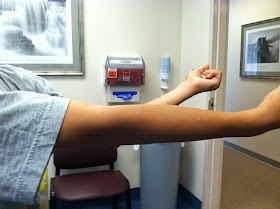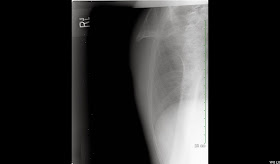Most patients and most orthopaedic surgeons favor the arthroscopic techniques for repair of the rotator cuff tears. Rotator cuff tears can be traumatic or degenerative. It is important to distinguish between the two because traumatic tears that lead to loss of motion or strength are managed with surgery unless the patient has contra-indications for surgery or is of low demand. The healing rate of traumatic tears is higher compared to degenerative tears. In addition, massive rotator cuff tears in the hands of experienced arthroscopists can be treated arthroscopically. I perform 95% of the time arthroscopic rotator cuff surgery due to faster recovery and less chances of infection. However, there is no data as of today to demonstrate that mini open rotator cuff repairs lead to inferior outcomes at 1 year after surgery. In an era of cost effectiveness we have to highlight that an arthroscopic repair of a massive tear (more than two tendons or greater than 5cm in size) may take 2 or 3 hours to be repaired depending on the expertise of the surgeon. In addition, the cost of arthroscopic surgery compared to mini open technique is a lot higher.
The following case is a 52 y/o farmer who had a fall on an outstretched hand and felt a pop in his shoulder. He was unable to forward flex his shoulder after the fall and the MRI demonstrated a two tendon rupture involving the supraspinatus and infraspinatus. The MRI also demonstrates significant retraction of the supraspinatus. Due to his active lifestyle we elected to proceed with repair within 2 weeks from the fall. A mini open technique was used. One year post operatively he has almost full forward flexion to his shoulder and no pain.
Advantages of mini open surgery:
1) Small transverse incision over the anterior inferior aspect of the acromion. The length of the incision is equal to the total length of the arthroscopic small incisions combined together
2) We prefer a Split of the raphe of the deltoid in a longitudinal fashion without detachment of the fibers from the acromion
3) Operative time of 50 minutes. An arthroscopic approach would have taken between 2 to 4 hours for the illustrated case
4) Reduced cost.
 |
| One year after surgery his has almost complete restoration of ROM to the R shoulder. Prior to surgery he has unable to forward flex the shoulder |
 |
| The arrow indicates the degree of retraction of the supraspinatus after the MRI arthrogram, |
 |
| Repaired rotator cuff through deltoid split at the raphe |














































